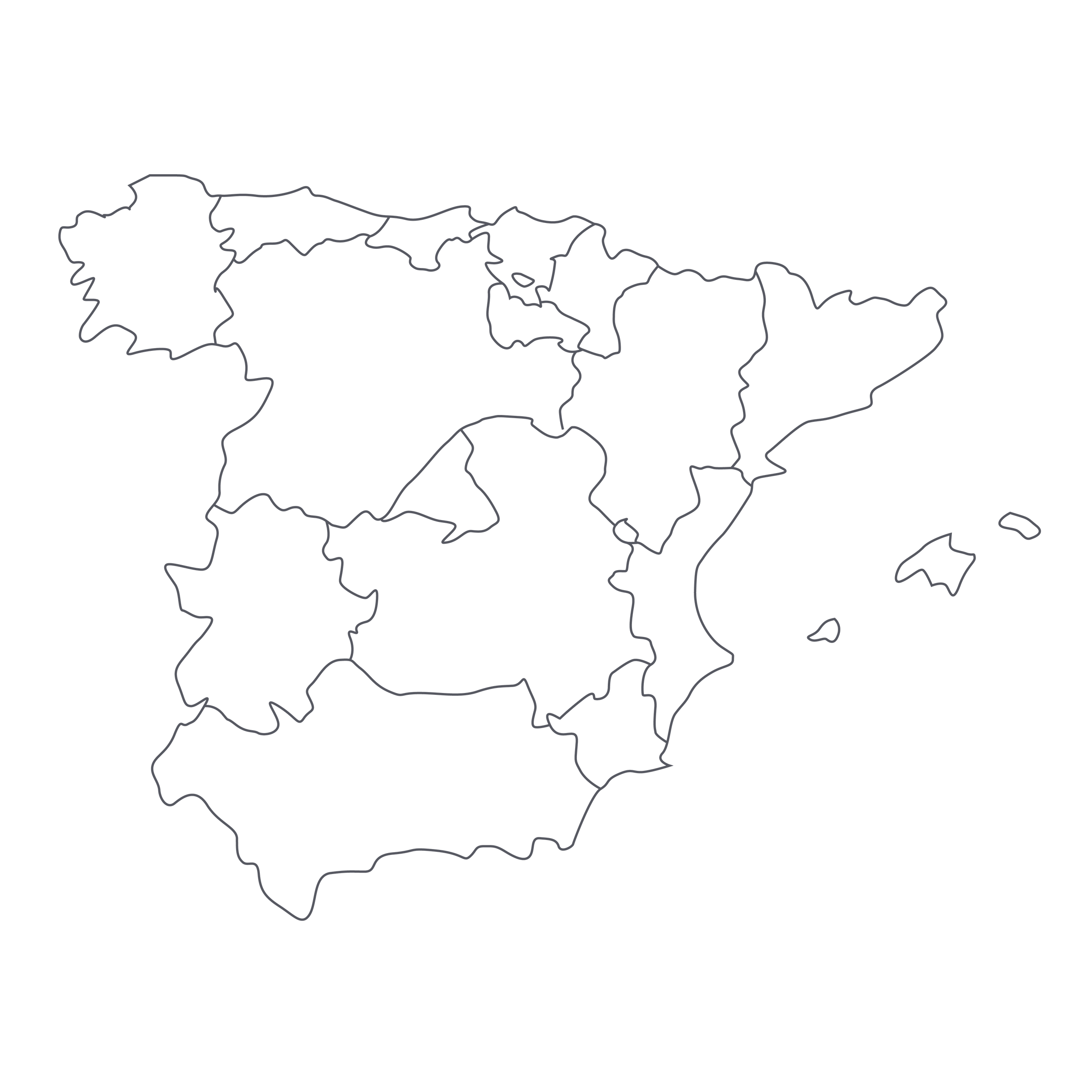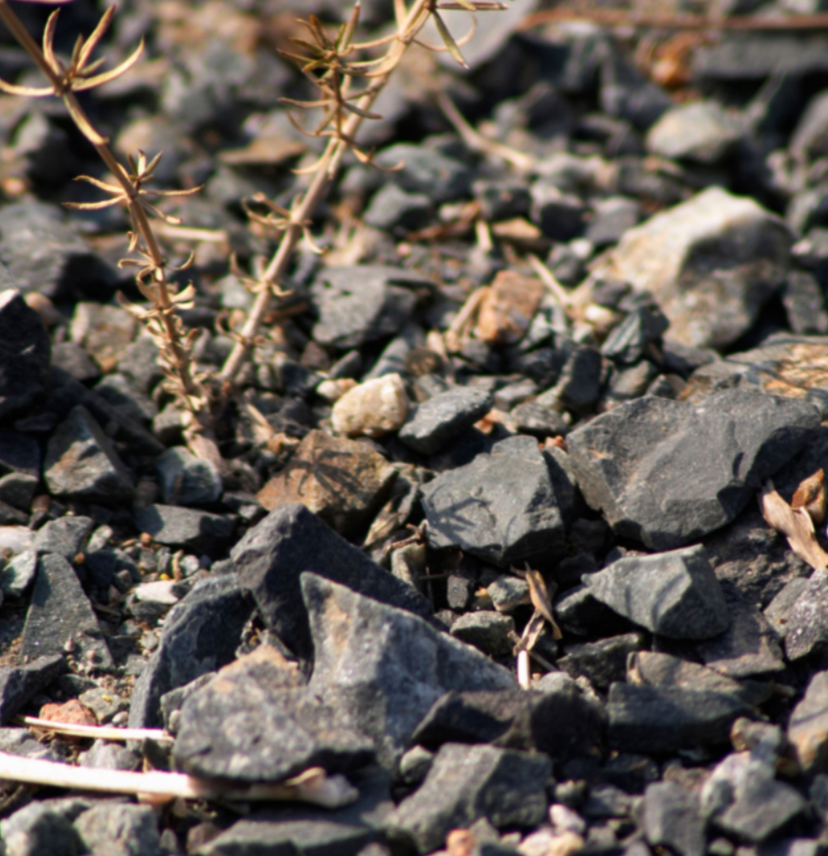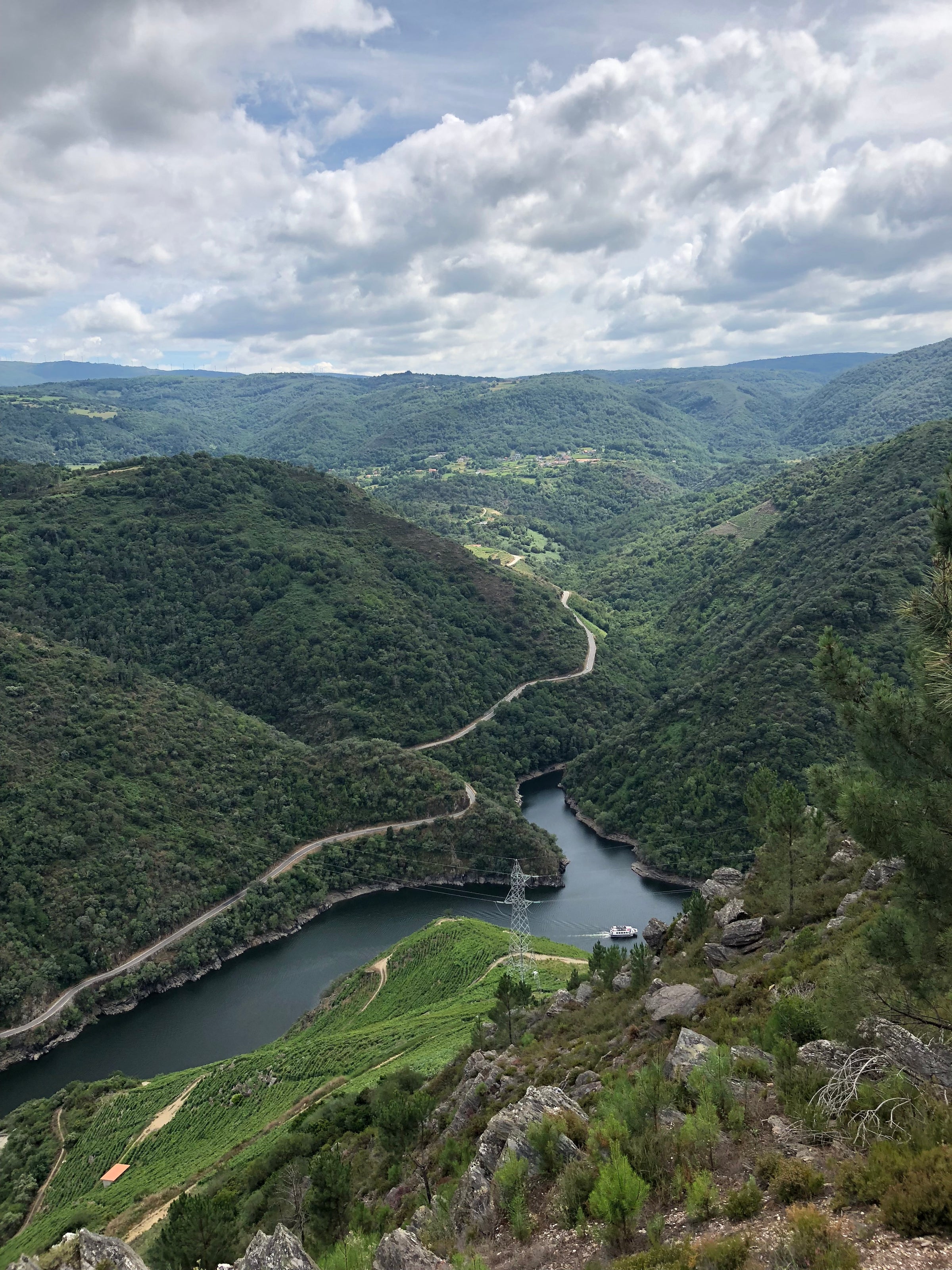Perhaps no wine region on earth is hotter right now—figuratively speaking, that is—than Northwest Spain. Among the assorted appellations up here, most of them in the Galicia region, surely the Rías Baixas—and its mineral, Atlantic-inflected white, Albariño—is the best known. But a working knowledge of some of the Northwest’s other hotspots is essential for anyone who loves the new, the unusual, and the authentic in wine.
The Northwest is known as “green Spain,” with a much cooler, wetter climate than most of the rest of the country, and its wine zones are mostly river valleys that wind their way to the Atlantic, including Ribeira Sacra, Ribeiro, and Valdeorras. Just to the east of the mountain range that separates Galicia and its neighboring province, Castilla y León, is Bierzo—home of this tangy and tantalizing red from Bodegas Madai. Sourced from high-elevation vineyards blessed with slate and granite soils, this red showcases the area’s indigenous Mencía grape at its most concentrated and aromatic. Often compared to Cabernet Franc, Mencía from Bierzo is indeed a much different sensation than some of the hotter-climate Spanish reds from grapes like Tempranillo or Garnacha. And that’s what we love about it—its utter uniqueness. But Madai’s 2015 Bierzo is more than just a tasty, inexpensive novelty; it makes a case for both its grape and its place to be taken seriously. What a delicious, distinctive red; you need to check this out!
We would surely know more about places such as Bierzo, or Ribeira Sacra (another Mencía stronghold), had they not been largely abandoned a generation ago—only recently have these places attracted the kind of investment and willing labor to make them viable again. The story of Madai’s formation, in fact, is a common one in northwest Spain: Although brothers Gonzalo and Daniel Amigo were surrounded by their grandparents’ vines in Bierzo since childhood, it wasn’t until 2006 that they returned to these long-forsaken family plots and began releasing wines. Their 2.7 hectares are a mix of Mencía and the white Godello, with an average vine age of 80 years (these are dry-farmed, head-trained “bush” vines that cling to steep slopes at 600 meters elevation). Only about 1,000 cases of this red are released each year; when you consider both its remote origins and its scarcity, it’s hard to believe that it sells for just over $20.
Following the contours of the Sil River, Bierzo has both bajo (lower) and alto (upper) sub-regions, not unlike Rioja. Bierzo Bajo is characterized by alluvial plains closer to the river, while Bierzo Alto, where Madai’s vineyards are located, is dominated by slate and granite. There is an unmistakable mineral backbone to this wine that brings top-quality cru Beaujolais to mind, while its gripping acid and moderate tannins are somewhat reminiscent of Loire Valley Chinon.
Fermented and aged in stainless steel, Madai’s 2015 offers an unadulterated look at the Mencía grape, and it’s a revealing one: While it occasionally references some of the better-known wines and regions mentioned above, it ultimately has its own distinct tone and taste. This is a must-try! In the glass it is a near-opaque purple-ruby with violet reflections at the rim, while the nose offers an exotic mix of black raspberry, pomegranate, licorice, plum, pepper, lavender and lots of wet-violet florals. While some Mencía wines show some of the green, mint/menthol notes typical of Cabernet Franc, this wine has only the slightest hint of those—it skews darker, even a little chocolatey, and yet its acid remains very lively and lifting. For all of its black fruit and well-rounded texture on the palate, it is brisk rather than syrupy on the palate, finishing with a smoky, mineral savor and more floral aromas. We loved how this wine was both saturated with dark fruit but also meaty and mineral, like a rare steak. It will age nicely for 5+ years, if you’re so inclined, but it is also immensely satisfying now: Decant it about 30 minutes before serving in large Bordeaux stems, and yes, rare steak off a grill would be great.
Here’s something a little more regionally appropriate from Spanish icon José Andrés.





